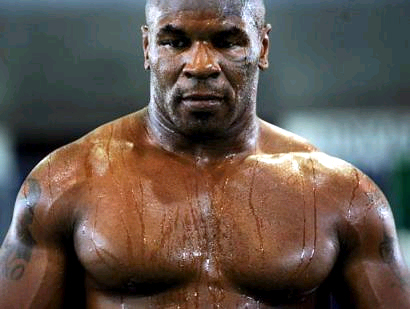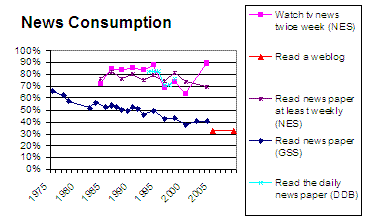What does an aspiring urban public school teacher need to know? Before she starts teaching, she should learn the material she is supposed to cover, something about pedagogy and assessment, some instructional techniques–and the ability to address fundamental problems in the system in which she will work. She cannot solve educational problems inside her own classroom, because senior managers and big bureaucratic structures create too many hurdles. She cannot take on managers and bureaucracies alone. In my experience, unions are unreliable. Thus she needs to work with other teachers, parents, kids, and community-members, often quite different from herself, to address common problems together.
Democratic skills (listening, deliberating, organizing, petitioning) are essential for teachers, as they are for many other professionals. For a good teacher, “civic engagement” is not a voluntary after-work activity, but the heart of her professional life. Therefore, it is exciting to watch Minneapolis Community College’s Urban Teacher Program embrace “advocacy and activism.” Specifically, their Associate’s Degree students lead urban students in Public Achievement projects. In Public Achievement, kids choose, define, and address community issues–a genuinely open-ended, non-ideological form of politics that will serve teachers well.


